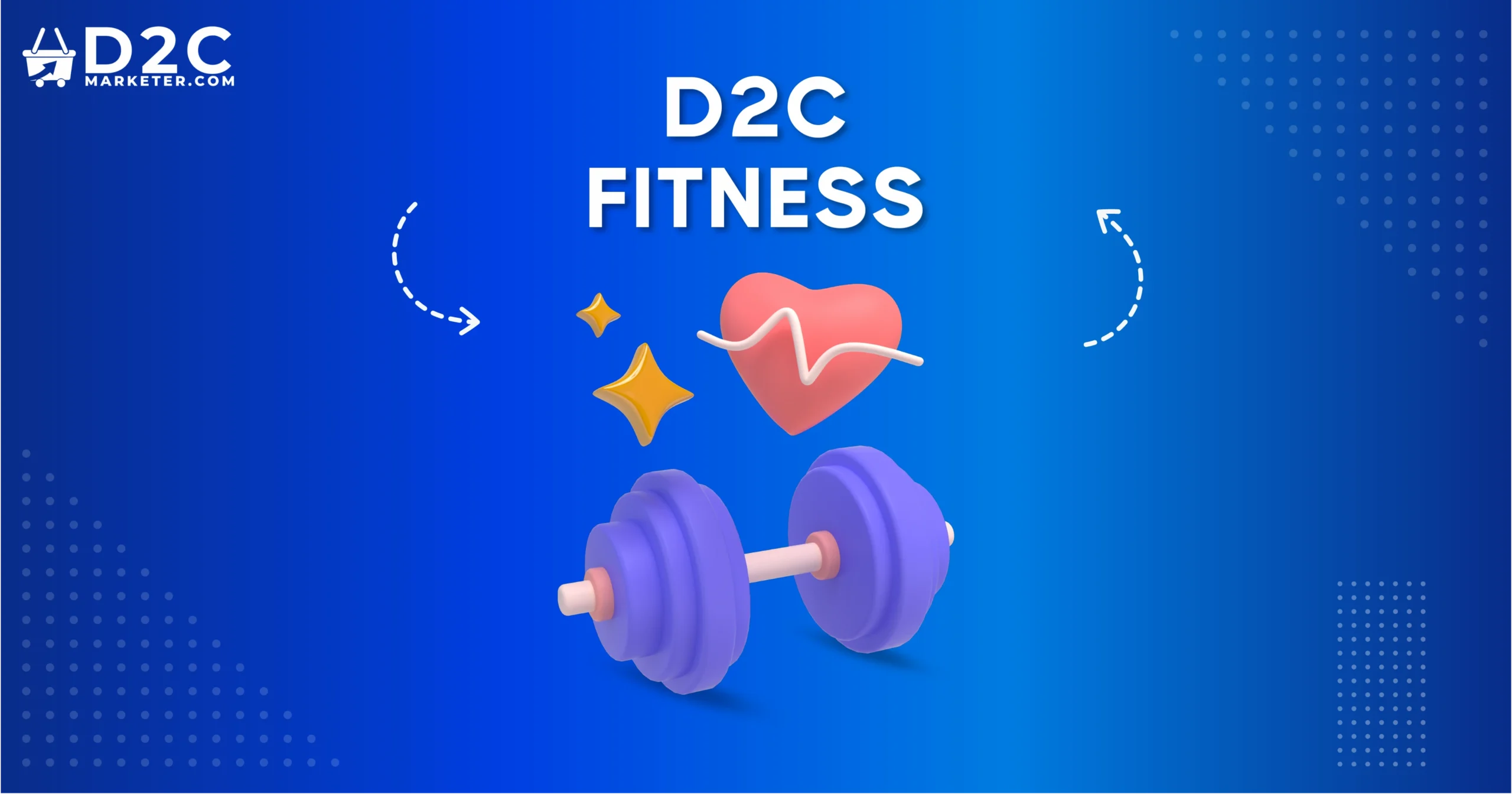How to Scale Your D2C Fitness Brand
The D2C fitness market is booming as more people focus on health and wellness. Brands selling directly to consumers, whether it’s fitness gear, apparel, supplements, or digital training programs, are seeing massive growth. The D2C model allows brands to build deeper relationships with customers, cut out the middleman, and offer more personalized experiences.
However, scaling a D2C fitness brand isn’t easy. It requires more than just great products; it takes the right D2C marketing strategies, an understanding of key D2C marketing channels, and a clear growth path. A strong direct-to-consumer marketing strategy helps you reach your target audience, build brand loyalty, and drive sustainable sales.
In this post, we’ll share practical tips to help you scale your brand. Whether you’re optimizing your D2C marketing strategies, exploring new D2C marketing channels, or leveraging performance marketing, we’ve got the insights to help your fitness brand grow.
Ready? Let’s dive in!
Table of Contents
Define Your Niche in the D2C Fitness Market
One of the biggest mistakes new D2C fitness brands make is trying to appeal to everyone. While the fitness market is massive, it’s also saturated, meaning you need to stand out. And the best way to do that is by defining your niche. Whether you’re focused on home workouts, specialized wellness products, or sustainable fitness gear, narrowing your focus helps you carve out a space where your brand can truly resonate with your audience.
Why Finding Your Niche Matters
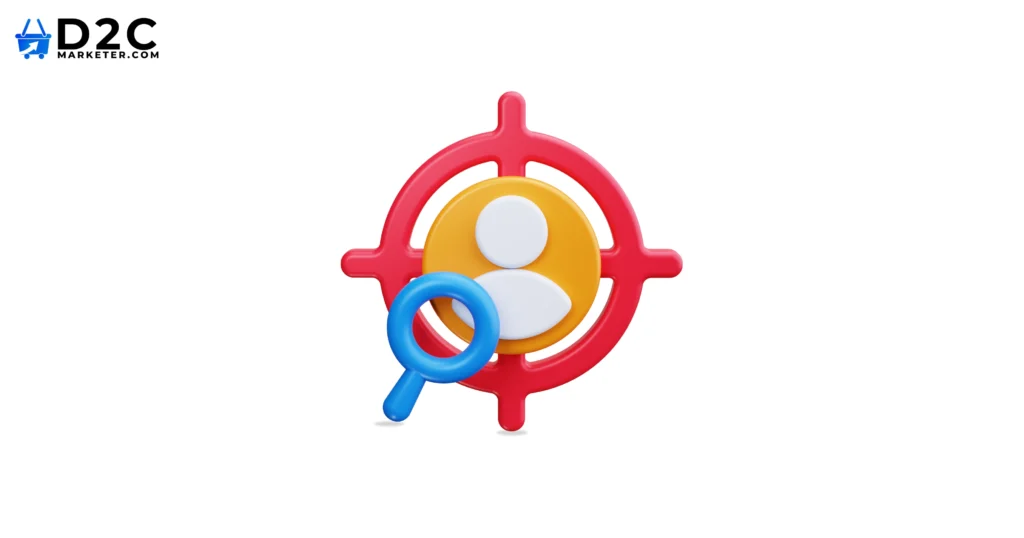
Think of your D2C fitness brand as a solution to a specific problem. When you clearly define your niche, you create a more targeted message that speaks directly to your ideal customer. For example, if your focus is on home workout equipment for small spaces, you’re not just selling a product, you’re offering a solution for people who struggle to work out in cramped living conditions. This kind of laser-focused approach helps you stand out in the crowded D2C fitness space and makes your brand more memorable.
A clear niche also helps with your direct-to-consumer marketing strategy. When you know exactly who you’re talking to, it’s easier to choose the right D2C marketing channels, develop content that speaks to your audience’s needs, and run performance marketing campaigns that deliver high ROI.
How to Research and Target the Right Audience

So, how do you figure out your niche? The first step is understanding your target audience. Think about who benefits most from your product or service and where they spend their time. Are they busy professionals looking for quick, effective home workouts? Or maybe they’re eco-conscious consumers searching for sustainable fitness apparel. Once you’ve identified your audience, you can start researching them more deeply.
Here are a few tips for researching and targeting the right audience for your fitness brand:
- Analyze Competitors: Look at other successful D2C fitness brands. What kind of audiences are they targeting? What pain points are they solving? Use this information to find gaps in the market.
- Use Social Media Insights: Social platforms like Instagram and Facebook are goldmines for gathering data about your audience. Pay attention to what content is getting engagement in your niche and learn from it.
- Survey Your Customers: If you already have some customers or followers, ask them what they value most about your brand and what kind of products they’re looking for. These insights can be invaluable for refining your niche.
- Work with a D2C Marketing Agency: If you’re unsure where to start or how to really hone in on your ideal audience, partnering with a performance marketing agency for D2C can help. They can assist with everything from audience segmentation to developing a D2C brand strategy that aligns with your business goals.
Once you’ve gathered all this info, you’ll be in a much better position to build out your marketing campaigns with laser focus. By targeting the right people, in the right way, through the right channels, you’re setting your D2C fitness brand up for success.
Building an Engaging Community
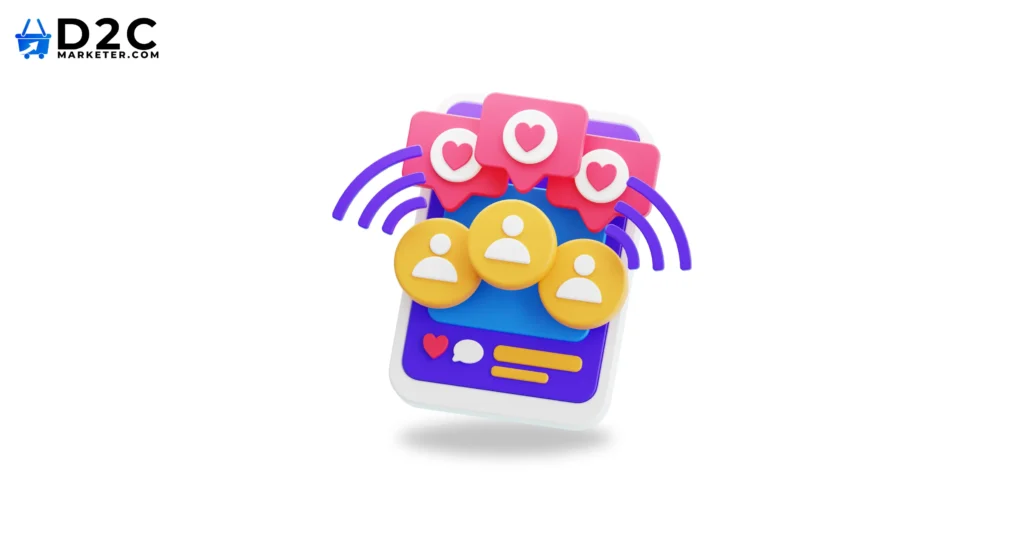
In today’s competitive D2C fitness landscape, it’s not enough to just sell products; you need to build a community. Fitness is personal, and consumers are increasingly drawn to brands that offer more than just a transaction. They want to feel part of something bigger: a movement, a lifestyle that supports their goals. For D2C fitness brands, creating and nurturing a loyal following is crucial to long-term success.
Why Community-Building Matters for Fitness Brands
Building a community isn’t just about having a large following; it’s about creating a group of people who genuinely connect with your brand and what it stands for. A strong community can become your most powerful marketing tool, helping you increase customer retention, build brand loyalty, and even drive new customers through word of mouth.
When people feel like they belong to something, they’re more likely to stick around and buy more. The key is to foster relationships with your audience, making them feel seen and valued. A direct-to-consumer marketing strategy that focuses on community-building can transform your brand from just another fitness label into a trusted partner in your customer’s fitness journey.
Strategies for Creating and Nurturing a Loyal Following
Creating a thriving community around your D2C fitness brand doesn’t happen overnight, but with consistent effort, it’s totally achievable. Here are some effective strategies to help you build and nurture your community:
1. Leverage Social Media to Spark Conversations
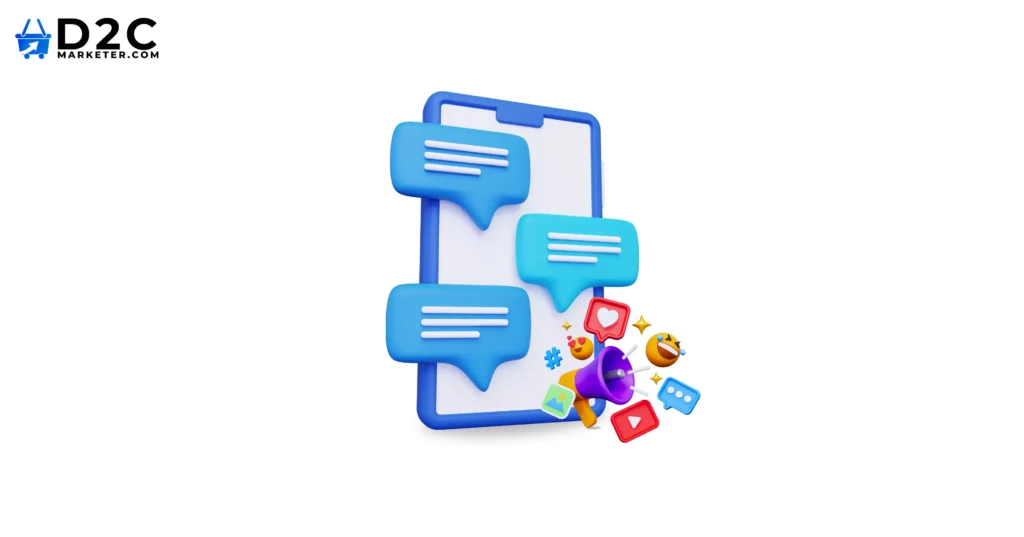
Social media is the perfect place to engage with your audience and build a sense of community. Start by creating content that speaks to your target audience’s fitness needs, goals, and challenges. Share workout tips, motivational stories, and behind-the-scenes glimpses of your brand. Encourage followers to share their experiences using your products and tag your brand for a chance to be featured. This makes your customers feel like they’re part of the story.
You can use D2C marketing channels like Instagram, TikTok, or Facebook groups to create spaces for your followers to connect. For instance, hosting live workout sessions or Q&A’s on Instagram can drive real-time interaction and foster a deeper sense of community.
2. Build an Email Marketing List that Feels Personal
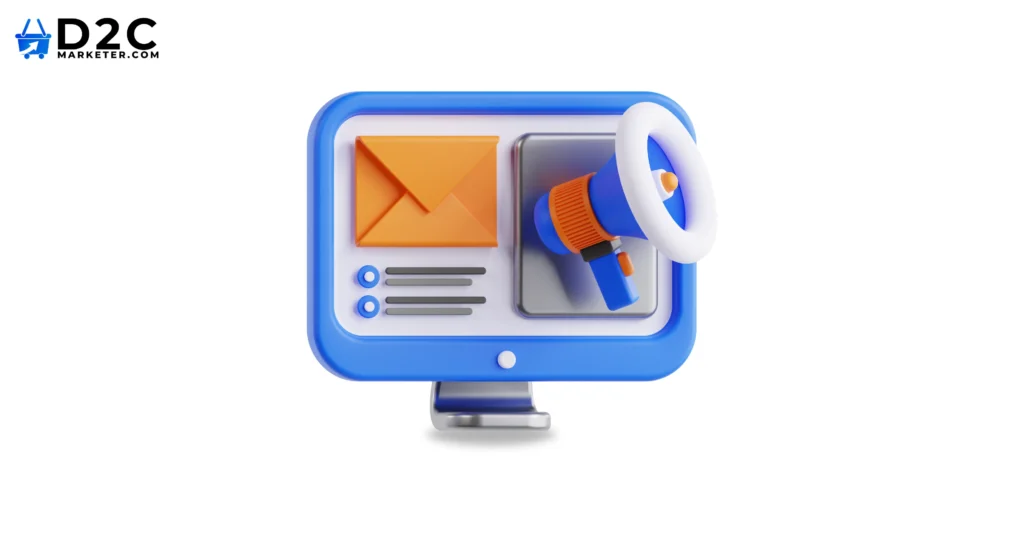
Email marketing is often underestimated, but it’s one of the most powerful ways to nurture relationships with your community. Unlike social media, email allows you to send tailored messages directly to your customers’ inboxes.
Start by offering an incentive (like a discount on their first purchase) in exchange for email sign-ups. Then, segment your list based on interests, behaviors, or purchase history to send more personalized content.
For example, if you know someone bought home workout gear, send them a follow-up email with tips for making the most of their new equipment. By keeping your communication relevant and valuable, you create stronger bonds with your audience, making them more likely to return to your brand.
3. Encourage User-Generated Content
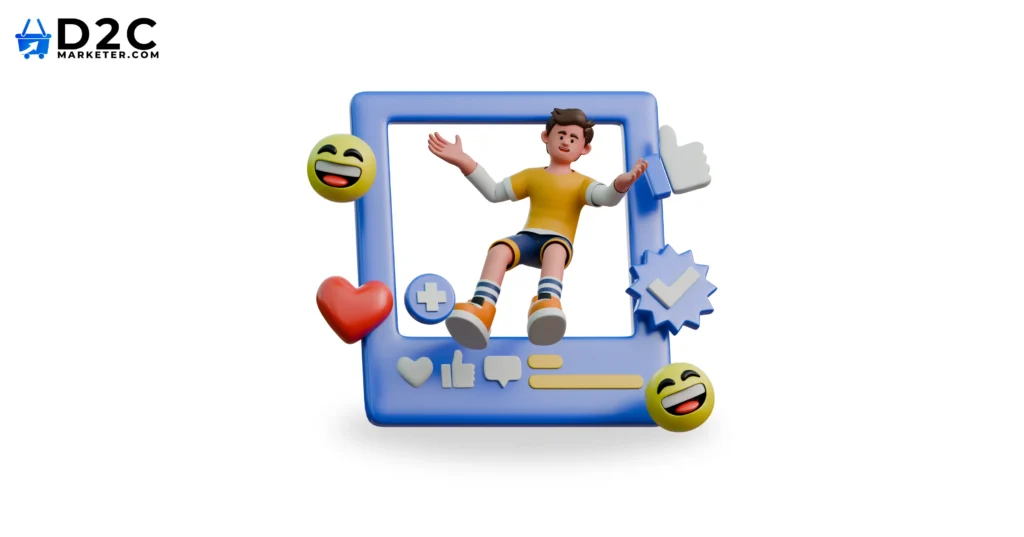
User-generated content (UGC) is one of the most effective ways to build community while also promoting your products. When your customers post about their fitness journey with your products, it serves as authentic social proof. It also gives them a sense of ownership in your brand’s success.
To encourage UGC, run challenges or campaigns that invite your followers to share their progress, workout tips, or transformations using your product. Offer incentives like discounts, shoutouts on your social channels, or entry into exclusive giveaways. This creates a virtuous cycle where your customers promote your brand while feeling more connected to it.
4. Use a D2C Marketing Agency to Optimize Community Engagement
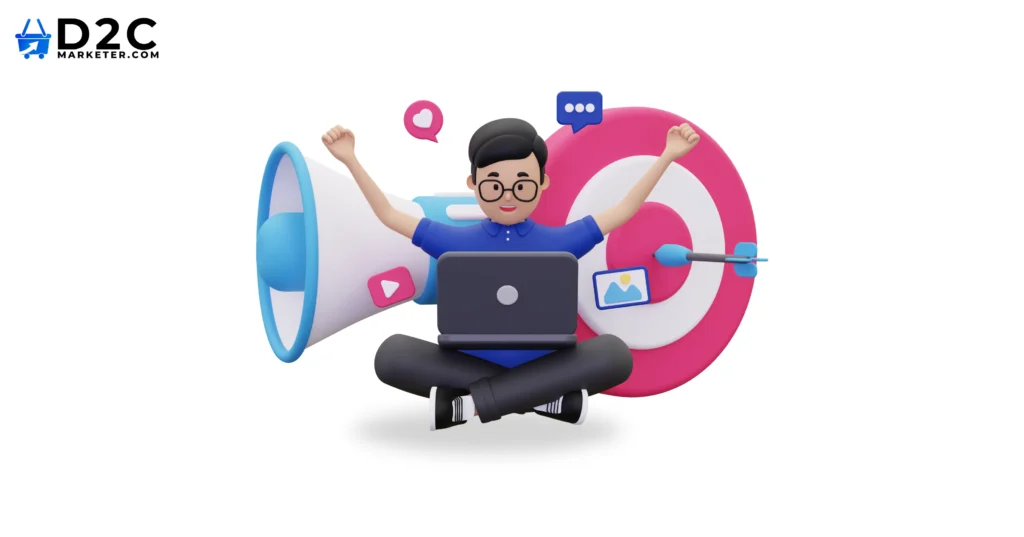
If building a community feels overwhelming or you’re unsure where to start, consider partnering with a performance marketing agency for D2C. A D2C marketing agency can help you fine-tune your community-building strategy by identifying the right D2C marketing strategies for your audience. They can also help you optimize your D2C brand strategy and make sure you’re leveraging the right D2C marketing channels for maximum engagement.
By understanding your audience’s behaviors and preferences, they can help you create content that resonates, ensuring your community grows organically and stays engaged.
Leveraging Influencers and Partnerships
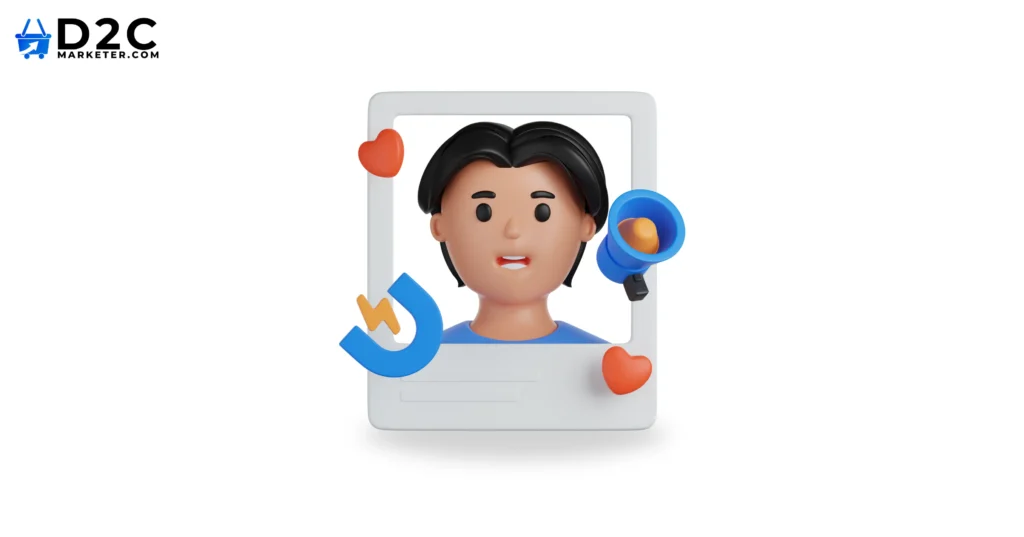
When it comes to growing your D2C fitness brand, you don’t have to go it alone. In fact, some of the most successful brands today owe a large part of their growth to strategic partnerships and influencer collaborations. Whether it’s teaming up with a fitness influencer to showcase your product or partnering with other like-minded brands, the power of collaboration can help you reach new audiences and boost your credibility.
Why Influencers Are So Powerful for D2C Fitness Brands
If you’ve ever scrolled through Instagram or TikTok, you know how much influence fitness influencers have. These people aren’t just selling products, they’re building communities, offering real-life fitness tips, and shaping trends. And for D2C fitness brands, partnering with the right influencer can be a game-changer.
Why? Because fitness influencers are trusted voices in their communities. Their followers aren’t just looking for a product, they’re looking for a recommendation from someone they trust. If you can team up with an influencer who genuinely believes in your brand and products, their endorsement can help you connect with an audience that’s already invested in fitness and wellness.
But, here’s the thing: it’s not just about how many followers they have, it’s about the quality of those followers. You want to work with influencers whose audience aligns with your brand values and product offering. Whether you’re all about eco-friendly fitness gear, at-home workouts, or high-performance supplements, find influencers whose message resonates with what you’re offering. Authenticity is key.
How to Work with Influencers
Once you’ve found the right influencers to partner with, you want to make sure your collaboration feels natural. No one likes a hard sell, especially when it comes to fitness. A great influencer partnership feels more like a recommendation from a friend than an ad.
Start by offering something of value. Maybe it’s a free product, an exclusive discount for their followers, or a collaboration where they can help design a limited-edition product. Whatever it is, make sure it’s a win-win situation for both sides. If you’re new to influencer partnerships, think of it as a long-term relationship, not a one-off transaction.
And, don’t forget D2C marketing channels like Instagram and TikTok are perfect for this type of collaboration. Whether it’s through an Instagram story, a YouTube review, or a TikTok workout routine, video content can go a long way in building that authentic connection with your audience.
The Power of Affiliate Marketing & Brand Partnerships
Another avenue to explore is affiliate marketing, an often underrated but incredibly powerful tool for D2C fitness brands. In affiliate marketing, you partner with influencers or content creators who promote your products in exchange for a commission on the sales they generate. It’s a performance-based strategy, which means you only pay for results, making it a great way to scale without up-front costs.
Think of it like this: when someone promotes your brand through their affiliate link, they’re essentially helping you drive sales while getting rewarded for their efforts. It’s a win for both sides. Fitness bloggers, online coaches, and niche fitness influencers can all be great partners for this.
Alongside affiliate marketing, partnerships with other brands can also give your D2C fitness brand a boost. Look for other companies that share your audience but aren’t direct competitors. If you sell workout equipment, maybe team up with a brand that sells healthy snacks or fitness apparel. You can co-host events, do cross-promotions, or even bundle products together for special offers. These partnerships give you access to new customer bases and help strengthen your brand’s presence in the market.
How a D2C Marketing Agency Can Help
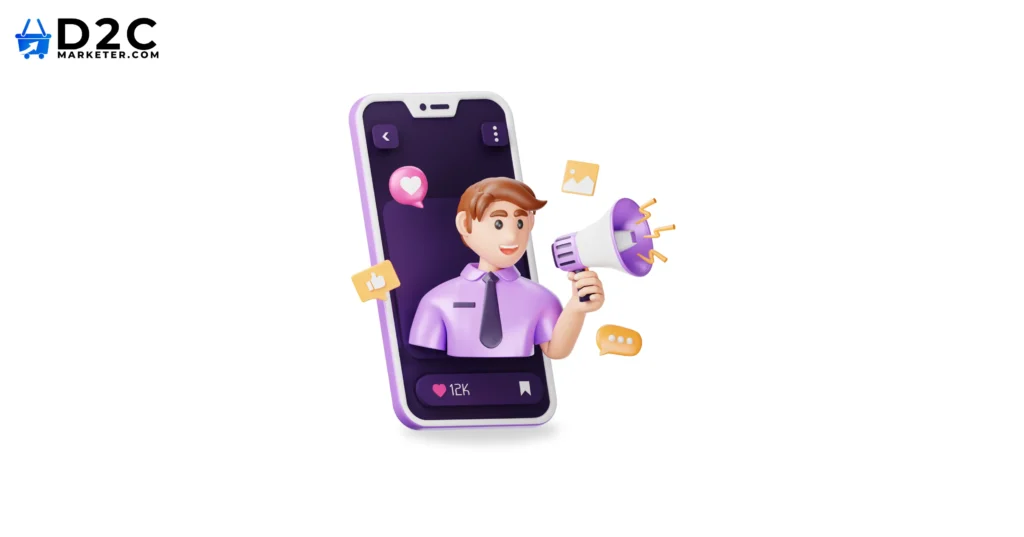
If influencer partnerships and affiliate marketing sound a little overwhelming, you’re not alone. Fortunately, a performance marketing agency for D2C can help take the guesswork out of it. They can guide you in finding the right influencers, setting up your affiliate programs, and managing partnerships with other brands. With the right D2C marketing strategies and a bit of expertise, they can help you maximize the value of every collaboration.
By working with a D2C marketing agency, you can fine-tune your approach and make sure that every partnership is aligned with your broader D2C brand strategy, helping you scale more effectively while building long-term relationships with your audience.
Influencer Marketing vs. Affiliate Marketing
| Factor | Influencer Marketing | Affiliate Marketing |
| Reach | Large audience via influencer posts | Targeted reach through affiliates’ network |
| Cost | One-time fee or commission-based | Commission-based |
| Longevity | Short-term campaigns | Ongoing partnership |
Optimizing Your D2C Sales Funnel
When it comes to growing your D2C fitness brand, making sure your sales funnel is as smooth and seamless as possible is key. From the moment a customer lands on your website to when they check out, every step should feel natural, easy, and welcoming. If you can make that experience frictionless, you’ll not only convert more visitors into buyers, but also build trust and keep them coming back for more.
Creating a Seamless Customer Journey
Think about your sales funnel like a roadmap: each part needs to guide your customer smoothly toward the goal, buying your product. Start with a landing page that clearly explains who you are, what you offer, and why it matters. Keep it clean, simple, and visually appealing. Make sure your value proposition is front and center. Are you offering eco-friendly activewear, the latest in fitness tech, or home workout essentials? Whatever it is, make sure your customer knows it as soon as they arrive.
Next, streamline the checkout process. If your checkout feels clunky or complicated, you’ll lose customers fast. Keep forms short, allow multiple payment options, and make sure it’s easy for people to edit their cart. The more straightforward you make it for customers to complete their purchase, the better your conversion rates will be.
The Power of Retargeting
Not everyone will buy on their first visit, and that’s perfectly fine. Retargeting ads can help you bring those customers back. Let’s say someone browsed your site and almost bought your latest pair of sneakers, but then they got distracted or left the page. With retargeting, you can serve them an ad reminding them of what they left behind. It’s like sending a gentle reminder that could push them to come back and make the purchase.
Retargeting isn’t just about ads, though. You can also use email automation to follow up with customers. Abandoned cart emails, for example, can be a great way to nudge people back to your site with a little extra incentive, like a discount or free shipping. Automated emails allow you to stay top-of-mind without being too pushy.
Email Automation for Nurturing Leads
Email isn’t just for sales. It’s a powerful tool for nurturing leads. Through segmentation, you can send personalized emails to customers based on what they’ve viewed, bought, or interacted with on your site. For instance, if a customer bought a set of yoga mats, you could follow up with emails featuring yoga routines or related gear. This kind of personalized approach helps build a stronger connection and increases the chances of future purchases.
By optimizing your funnel, using retargeting, and leveraging email automation, you can turn casual visitors into loyal customers. And if you need help refining your approach, a performance marketing agency for D2C can be a valuable partner in making sure your D2C brand strategy hits the mark.
Case Study
One fitness D2C brand was struggling to scale beyond 100 orders per month. They knew they had a great product, but needed the right marketing strategies to grow sustainably. That’s where D2C Marketer stepped in.
By refining their D2C marketing strategy, D2C Marketer helped the brand focus on the right channels, optimize their sales funnel, and build stronger relationships with customers. Through targeted performance marketing, the brand reached its ideal audience with personalized ads and optimized email campaigns, driving conversions and repeat sales.
Within months, the brand’s monthly orders skyrocketed from 100 to 1,000. The brand not only saw a significant boost in sales, but also gained valuable customer insights and built lasting brand loyalty.
This case study highlights the power of tailored D2C marketing strategies and how they can transform a fitness brand’s growth trajectory.
Conclusion
Scaling your D2C fitness brand isn’t just about offering great products; it’s about connecting with your audience, using the right marketing strategies, and delivering an exceptional experience every step of the way. Whether you’re defining your niche, building a loyal community, or optimizing your sales funnel, these strategies are essential to long-term growth.
As we’ve seen, a strong D2C marketing strategy can help your fitness brand go from just a few orders per month to a steady stream of loyal customers. With the right approach, it’s possible to build a brand that resonates with your target audience and grows sustainably.
Ready to take your fitness brand to the next level? At DesignScript, we specialize in helping D2C brands like yours scale. Our performance marketing agency for D2C has the proven strategies to help you reach your goals.
Let’s chat and get started on your growth journey!
FAQs
A strong brand identity and a deep understanding of your target audience are crucial. Building trust, offering high-quality products, and providing exceptional customer service are key to scaling.
Utilize platforms like Instagram, TikTok, and YouTube to create engaging content. Share workout tips, fitness challenges, and behind-the-scenes glimpses. Encourage user-generated content to foster community.
Influencer partnerships can significantly boost brand visibility and credibility. They can help reach a wider audience, drive sales, and generate buzz around your products.
Leverage tools like email marketing software, CRM systems, and analytics platforms. These tools can help you track customer behavior, personalize marketing campaigns, and optimize your sales process.
Customer retention is paramount. Loyal customers are more likely to make repeat purchases and refer your brand to others. Focus on building long-term relationships through excellent customer service, loyalty programs, and exclusive offers.

